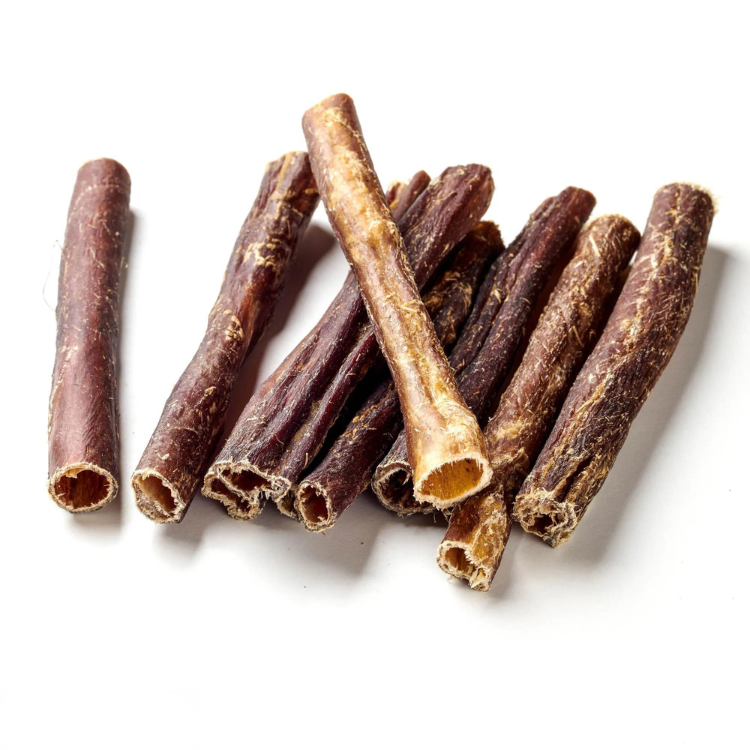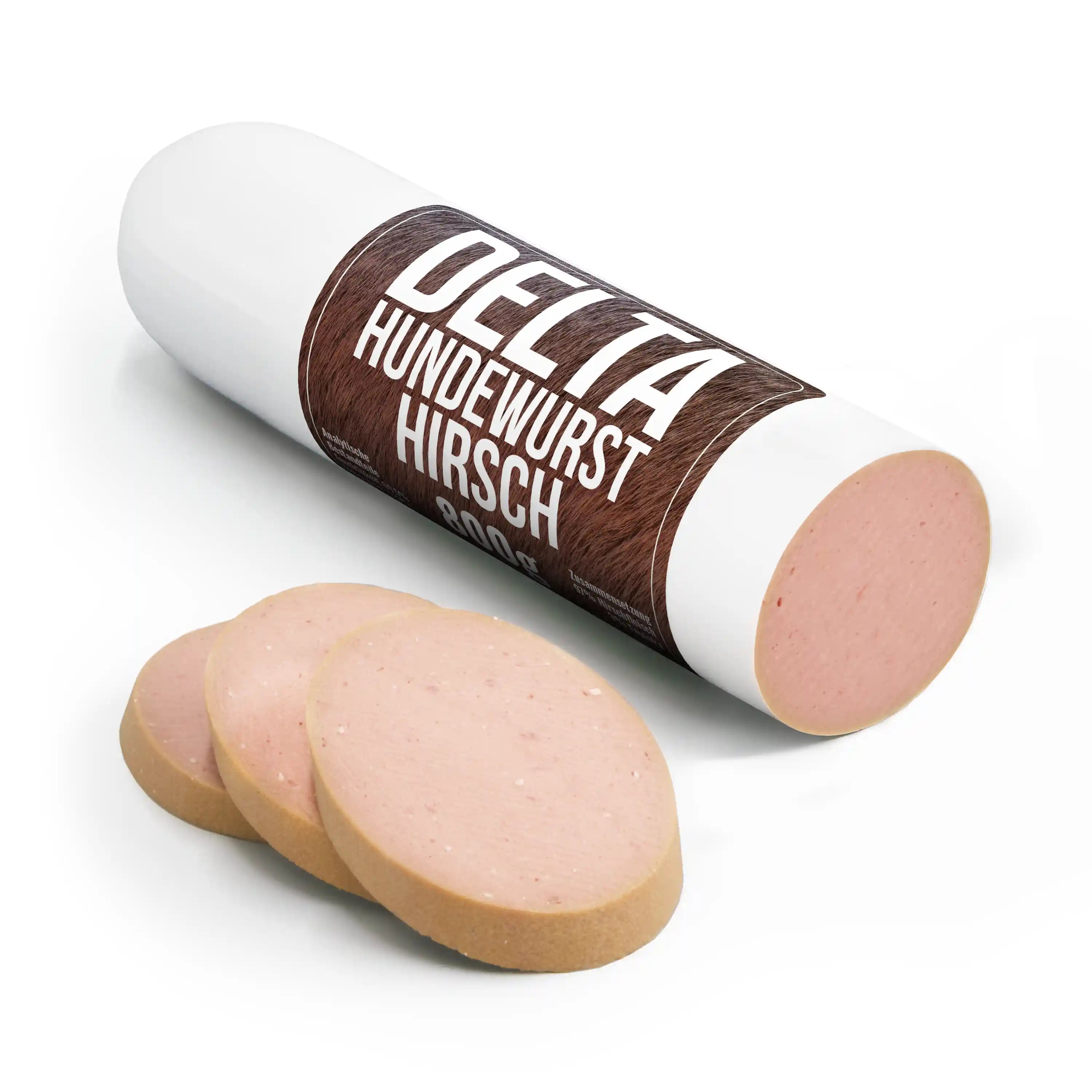
Australian Silky Terrier
Share
With its small and delicate stature, the Australian Silky Terrier looks like a small lap dog. But the little dog is not just a genuine terrier in name, and like many terriers, the Australian Silky Terrier is also a hunting dog at heart. Accordingly, despite its small size, it needs plenty of exercise and movement. The confident dog is a loyal companion who is also suitable as a guard dog, even if it does not appear particularly fearsome.
Content: Australian Silky Terrier
Discover our selection of premium dog chews!
Australian Silky Terrier - Profile
- Character: Fearless, Attentive, Obedient
- Size: Small
- Height: 23-26 cm
- Weight: 3.5-4.5 kg
- Life expectancy: 12-15 years
- Coat type: Long hair
- Colour: Tan, Grey Blue, Brown, Black
- FCI Group: Terriers
Australian Silky Terrier - Special Characteristics
The Australian Silky Terrier may look like a small lap dog at first glance, but he is a real terrier and a passionate hunting dog . Despite his small size, he needs a lot of exercise and space to run around. This confident dog is a loyal companion and can also act as a guard dog, even if he does not seem particularly threatening.
Like most terriers, the Australian Silky Terrier is a very active dog that is lively and curious about exploring its surroundings. Although it resembles the Yorkshire Terrier, it is considered a separate breed of dog and belongs to the FCI Group 3 Terriers, Section 4 Miniature Terriers. With a height of only 36 cm at the withers, it is one of the smaller dog breeds, but it is an effective hunter, especially when it comes to hunting rats and snakes.
He is surprisingly fast, stamina-inducing and very agile, so despite his small size he needs plenty of exercise in the form of long walks and dog sports . His long, silky coat doesn't hinder him in any way. The Australian Silky Terrier's coat is usually grey-blue, tan with a white head. His ears stand up in a V-shape and form a strong contrast to his facial hair. This small and intelligent dog is affectionate and loyal, but needs plenty of mental and physical stimulation. He is suspicious of strangers and likes to bark.
Australian Silky Terrier - What should you consider when feeding them?
The Australian Silky Terrier's diet is generally uncomplicated. Due to his activity level, he needs protein-rich dog food that is specially optimized for small dog breeds and does not contain overly large kibble or pieces of meat. It is advisable to divide the portions into small pieces and offer the dog two to three small meals a day.
It is important to check your dog's weight regularly and adjust the amount of food accordingly. Treats should be included in the daily food ration, as they can quickly lead to obesity in small dogs. Make sure that there is always enough drinking water available.
Reward your best friend with our dog treats!
Australian Silky Terrier - Health and Care
The Australian Silky Terrier's long, silky coat requires regular grooming. Daily brushing is important to prevent matting and to keep the coat in good condition. Occasionally, it may be necessary to take the dog to the groomer, otherwise his coat can become a "mop". Bathing is permitted, but should be used sparingly and only with special dog shampoo.
The claws should be checked regularly and trimmed if necessary, as they often do not wear down sufficiently in active dogs. It is advisable to consult a veterinarian or dog trainer here, as improper trimming can lead to injuries. The Australian Silky Terrier's ears also need to be cleaned occasionally.
The most important measure for maintaining the health of the Australian Silky Terrier is sufficient exercise. An hour of exercise every day is a good start, but dog toys and intelligence toys can also help to keep the dog physically and mentally active.
Australian Silky Terrier - Origin & History
The Australian Silky Terrier, unlike most other terrier breeds, comes from Australia and was not bred in Great Britain. Along with the Australian Terrier, it is considered to be one of the first independent dog breeds in Australia.
It is believed that the Australian Silky Terrier has the following dog breeds as ancestors: Skye Terrier, Scottish Terrier, Dandie Dinmont Terrier , Wirehaired Terrier and especially the Yorkshire Terrier. The similarity to the Yorkshire Terrier is obvious. The first breed standard was established around the turn of the century in 1900 in Tasmania, a state in Australia.
The actual breeding probably started in Sydney, which is why the breed was originally known as the "Sydney Silky Terrier". After World War II, the breed became increasingly popular internationally, especially in the USA. From 1959 onwards it was called the "Australian Silky Terrier". In 1962 the Australian Silky Terrier was recognized as a separate breed by the FCI . In Germany, the breed standard is overseen by the Klub für Terrier e. V. Since only about 30 puppies are born in Germany each year, they are quite rare and therefore not cheap. A puppy can easily cost over 1000 €.
Australian Silky Terrier - The right accessories
In addition to a suitable collar or harness and a leash, there are other important things for small dog breeds. A dog step can be useful if your dog is allowed to jump on the sofa or bed. Many dog owners also use a dog backpack or a transport box if long walks are too strenuous for their Australian Silky Terrier. A dog bed in a quiet corner of the apartment is also useful so that the dog can enjoy its rest periods.
Dog toys are particularly important for this playful breed of dog, as you are not always able to keep your four-legged friend busy. Depending on the weather, a dog coat can also be beneficial for the Australian Silky Terrier.
Conclusion
The Australian Silky Terrier is a rare and unusual breed of dog that is small but lively and intelligent. With an active lifestyle, this breed can be kept alone and is an asset to families due to its loyalty and zest for life.
Spoil your four-legged friend with our delicate chew items!















